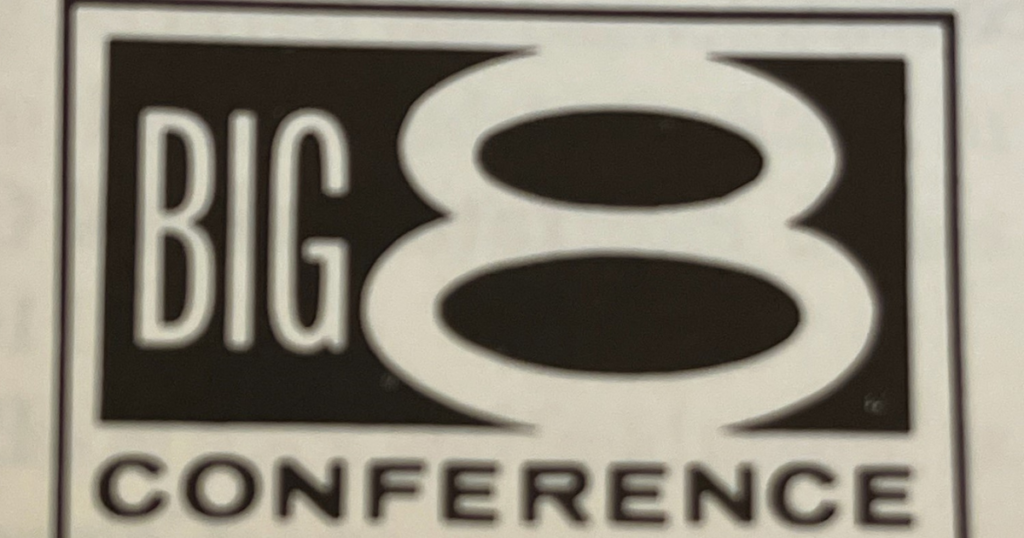Big 12 readies to embark on season that will be awkward and antagonistic
The image still rankles some of those employed or formerly employed by the Big 12. In March 2012, after Missouri knocked off Baylor in the conference men’s basketball tournament final, there was Tigers guard Kim English near the loading dock outside the Sprint Center in Kansas City, proudly holding up the championship trophy and equally proudly … wearing an SEC T-shirt.
Four months before the SEC formally welcomed Missouri, English’s gesture had all the subtlety of a spouse, while awaiting a judge to finalize his divorce, taking to social media to post photos of his soon-to-be girlfriend. A coach from one Big 12 team even apologized to staffers about not being able to beat Missouri, thus failing to spare the league such cringe-worthy optics.
“I thought it was classless,” one former longtime Big 12 official said. “It’s awkward. From someone who has been through it, it’s in the best interest of everyone for them to move on as soon as possible.”
Fast forward nine years. The “them” refers to Oklahoma and Texas, who are leaving the Big 12. Both the hobbled league and the departing schools publicly say they will wait for this breakup to formally occur, perhaps even until 2025, when the Big 12’s current TV deal expires. But waiting more than a year for this divorce to be final will feel interminable, and so we’re about to embark on a Big 12 season that will be both awkward and, in some corners of the league, antagonistic. With emotions over the pending exits running high and deep, Big 12 stakeholders will be giving Texas and OU the side-eye at the same time they will be sizing up potentially interested schools from Cincinnati, Orlando, Provo, Utah, and beyond.
Awkward, indeed.
“Everybody will be horns down throughout the Big 12,” another former longtime Big 12 official said with a laugh.
Big 12 TV deal will drop in value
The loss of Texas and Oklahoma is expected to cut the value of the Big 12’s next media rights deal by 50 percent. The current deal with ESPN and Fox pays the league some $200 million annually. There is no replacing the value that the inventory of Texas and Oklahoma games brought to the league. What expansion would strive to do is minimize the financial damage related to TV revenue. Commissioner Bob Bowlsby said TV revenue, which accounts for the bulk of money that a conference distributes annually to members, could drop from $28 million per year to $14 million.
Regardless of the Big 12’s expansion moves, its new media rights deal in a few years will be diminished. It’s also quite possible, sources said, that Bowlsby basically may have eliminated one bidder from the mix by firing off a cease-and-desist letter to ESPN’s Burke Magnus.
But adding two or four teams would be a step toward stabilizing the league and attempting to ensure that it preserves Power 5 autonomy status, which gives leagues an amplified voice at the legislative table. In fact, one prominent industry source said the only reason for the Big 12 to add teams at this point would be if it ensured that the league remained “one of the big-boy conferences at the table.”

Once Texas and Oklahoma announced their intentions to leave, one of the prime questions in the industry was whether the American Athletic Conference would poach Big 12 teams, or vice versa. Now, with the Big 12 assembling an expansion committee, it’s clear the Big 12 wants to be the aggressor, scouring the nation’s Group of 5 conferences and independent ranks to look for teams that potentially could add value.
Is expansion right move for Big 12?
The four best options for the league:
- BYU, an independent in football, has produced TV viewing numbers comparable to Big 12 schools not named Texas or Oklahoma, industry sources said. If BYU were added, the league would cover three time zones and the distance between Provo and Morgantown, W.Va., would stretch nearly 2,000 miles. But how much does geography even matter anymore?
- Houston is an interesting option because of the large market and the school’s untapped on-field potential. It remains to be seen if the league’s three remaining Texas schools (Baylor, TCU and Texas Tech) would stand in the way of such a move. In the past, Texas was the most outspoken opponent to extending an invitation to Houston, but the Longhorns’ view has been rendered moot. As the second former Big 12 official said, “Their voice will be stilled when they move.”
- UCF, which has more than 70,000 students, also presents a geographic challenge, but the Knights’ recent football success would benefit the league. Its athletic department budget of $73 million would rank last in the Big 12 — Kansas State currently has the lowest with $83.5 million in 2019-20 — although UCF athletic director Terry Mohajir told the Orlando Sentinel that he hopes to increase the budget to $100 million.
- Cincinnati makes sense geographically, giving West Virginia a neighboring school. And the Bearcats at the moment possess the best hope for a Group of 5 team to crash the CFP party. As a media market, Cincinnati ranks 36th in Nielsen’s 2021 rankings, ahead of Oklahoma City (44), Des Moines-Ames (68), Waco-Temple-Bryan (83), and Lubbock (145).
Still, the industry source cautioned strongly against a knee-jerk reaction in adding teams. The rationale: Continue to enjoy the annual revenue distribution until Texas and Oklahoma bolt. Take your time on expansion. There are no additions that provide immediate and substantial added value.
The source’s current advice for the league?
“Go dust off the old Big Eight logo.”